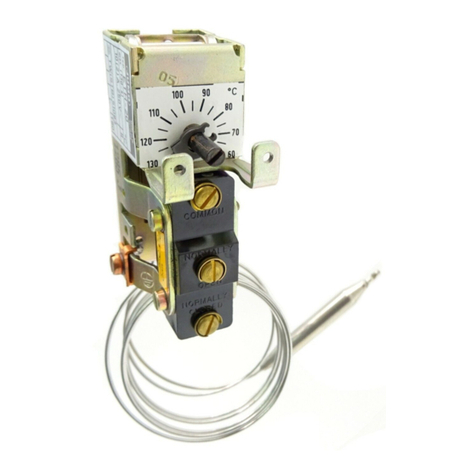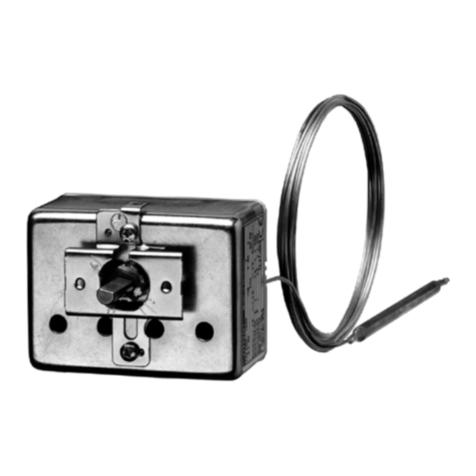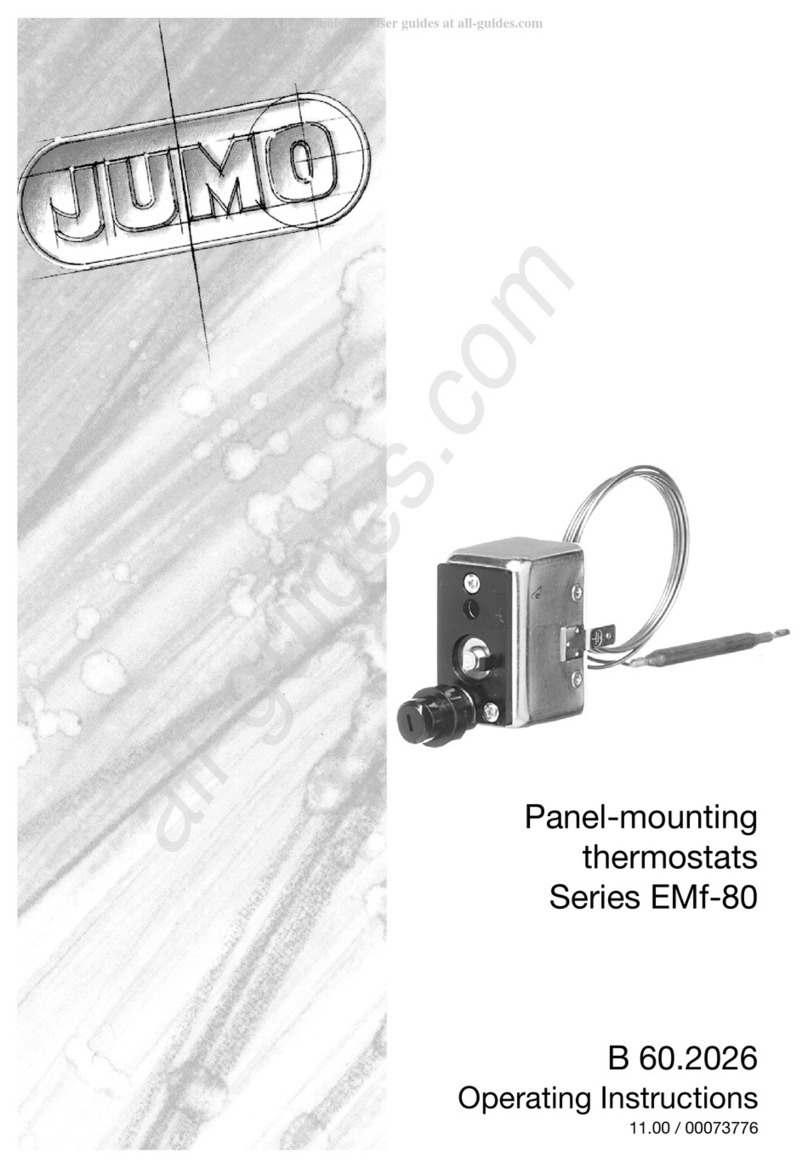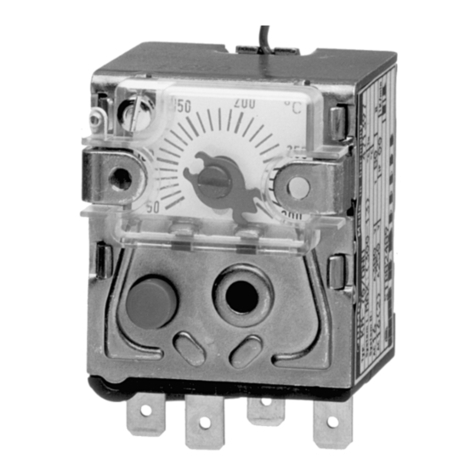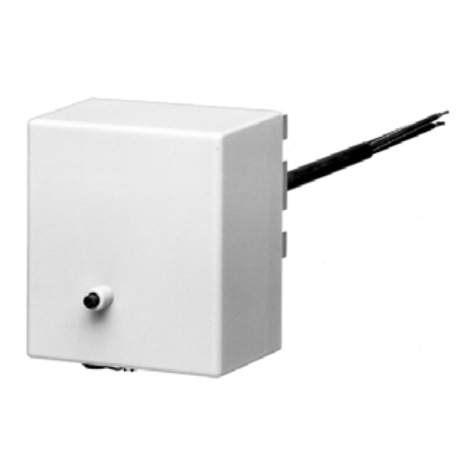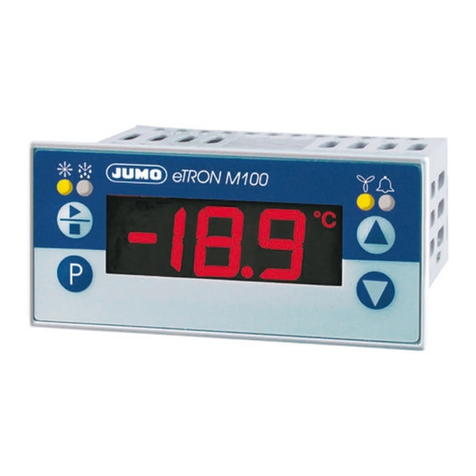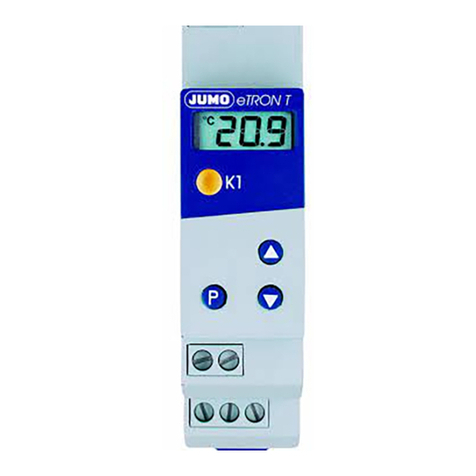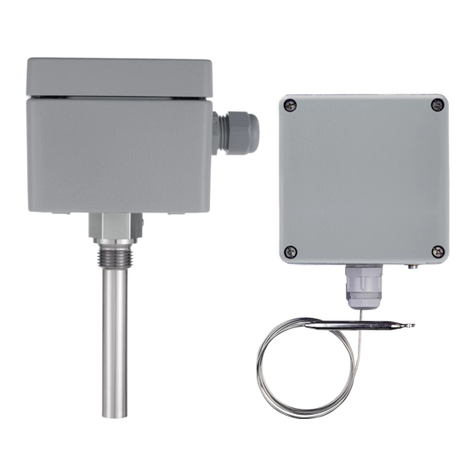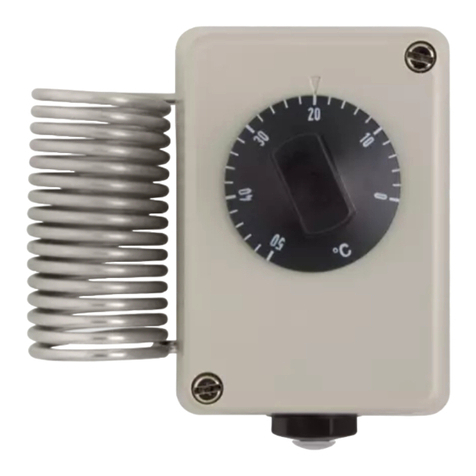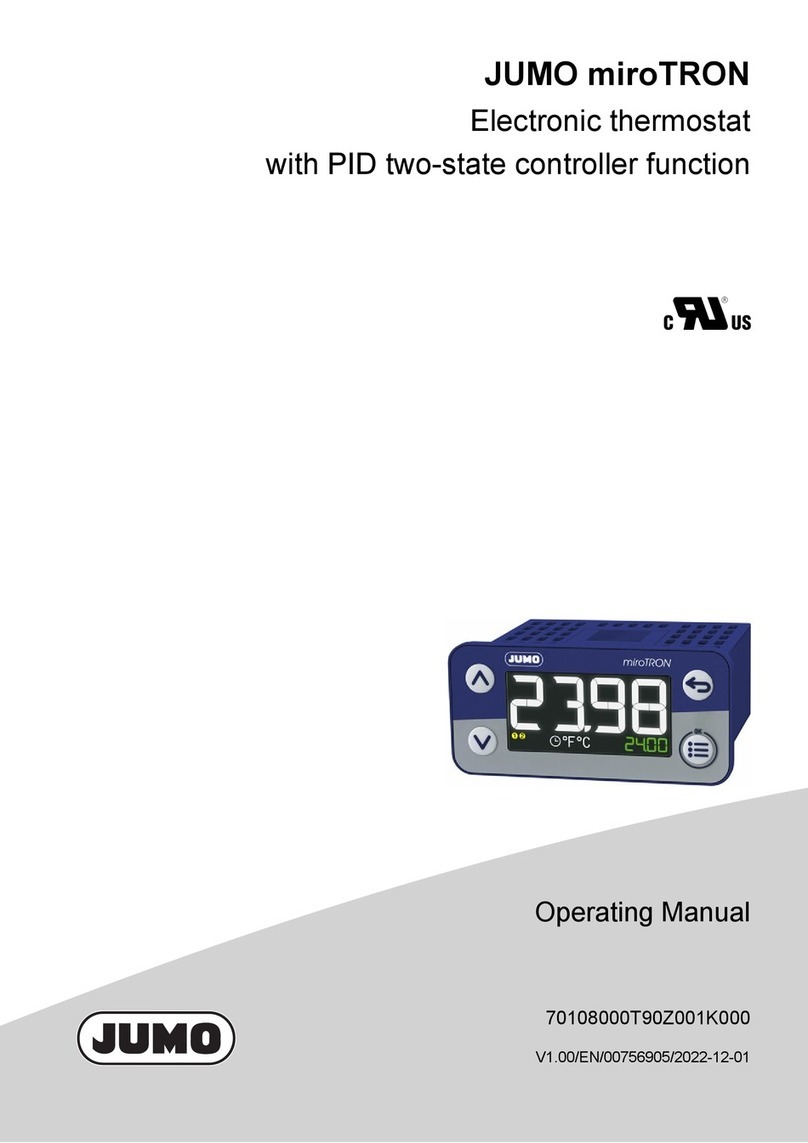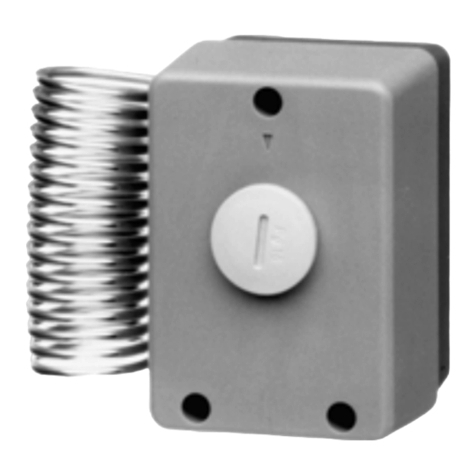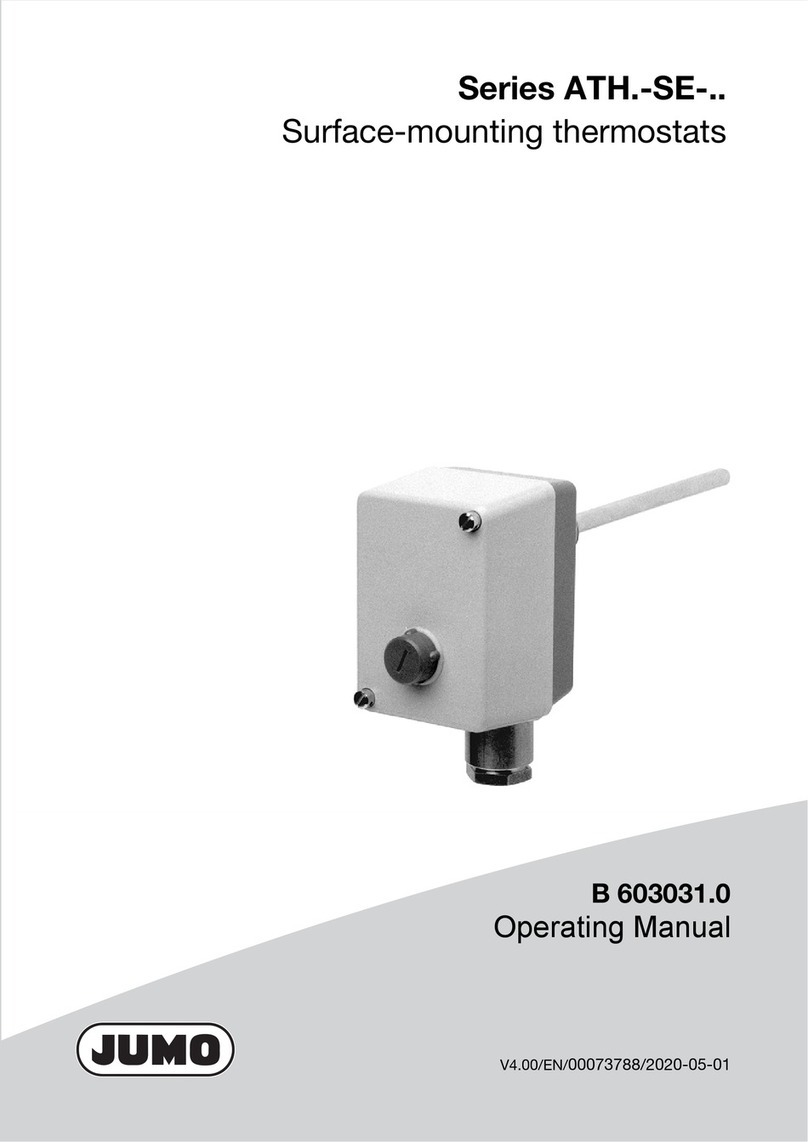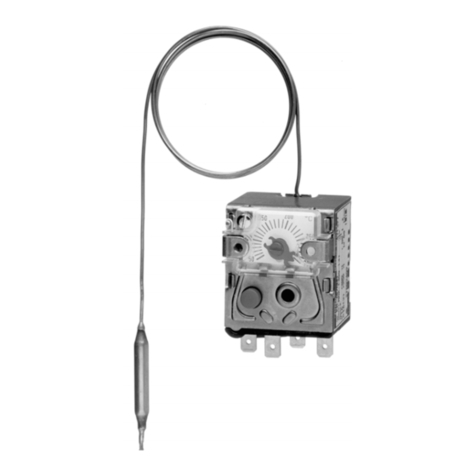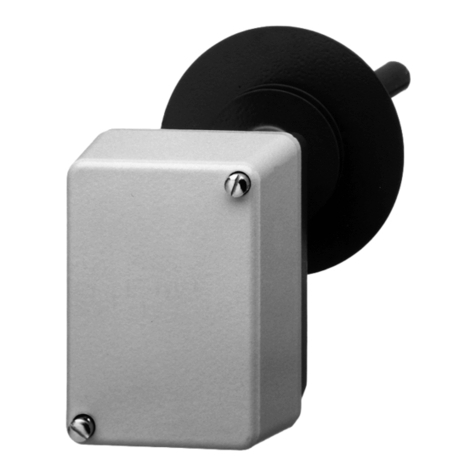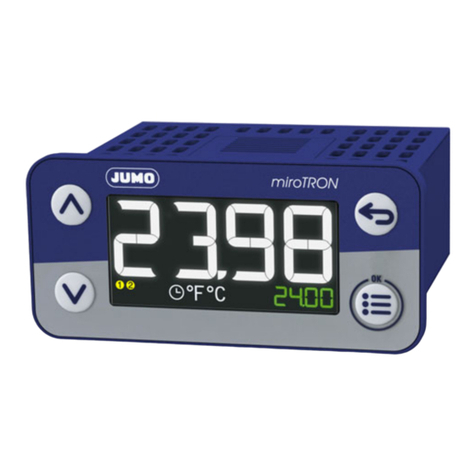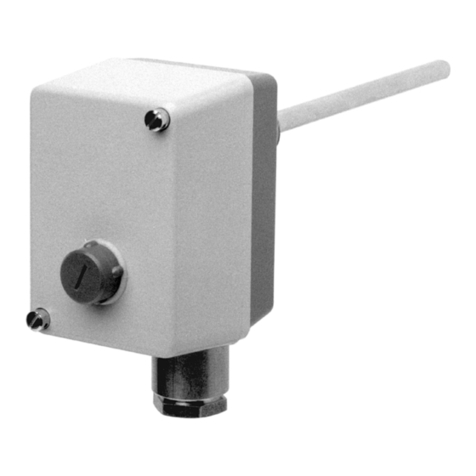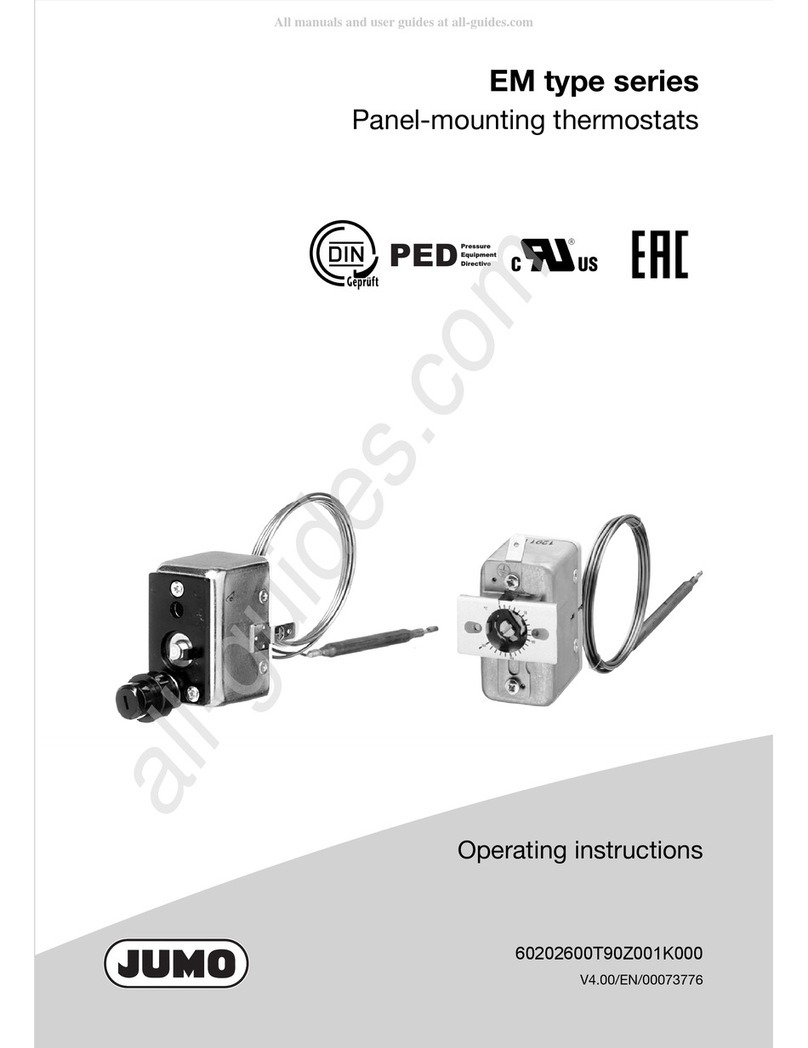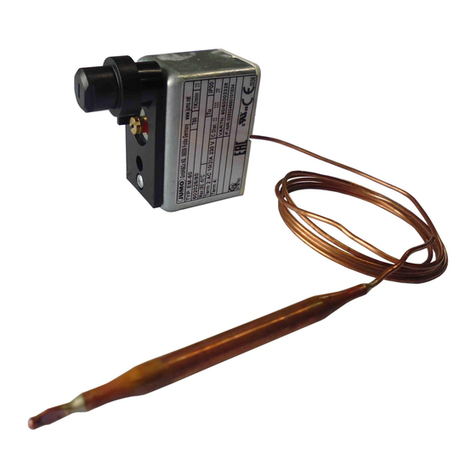Contents Page
1 Introduction ............................................................................... 5
1.1 Typographical conventions ...................................................................... 5
1.1.1 Warning signs .............................................................................................. 5
1.1.2 Note signs ................................................................................................... 5
1.2 Application ................................................................................................. 6
1.3 Marking ...................................................................................................... 6
1.4 Safety notes ............................................................................................... 6
2 Instrument identification .......................................................... 7
2.1 Nameplate .................................................................................................. 7
2.2 Type designation ....................................................................................... 7
3 Mounting .................................................................................... 8
3.1 Dimensions ................................................................................................ 8
3.2 Fixing the panel-mounting thermostat .................................................... 9
3.2.1 Mounting the switch head ........................................................................... 9
3.3 Capillary / temperature probe / pocket ................................................... 9
3.3.1 General ........................................................................................................ 9
3.3.2 Approved probes and pockets ................................................................. 10
3.4 Permissible loading on the pocket ........................................................ 13
3.4.1 Pockets U, US, E and ES .......................................................................... 13
4 Installation ............................................................................... 17
4.1 Regulations and notes ............................................................................ 17
4.1.1 Electrical connection ................................................................................. 17
5 Settings .................................................................................... 19
5.1 Limit setting ............................................................................................. 19
5.2 Resetting the protection temperature limiter (STB) ............................. 19
5.3 Limit locking ............................................................................................ 20
5.4 Self-monitoring ........................................................................................ 20
5.4.1 Response to a measurement system fracture .......................................... 20
5.4.2 Response to low temperature ................................................................... 20
6 Instrument description ........................................................... 21
6.1 Technical data ......................................................................................... 21
